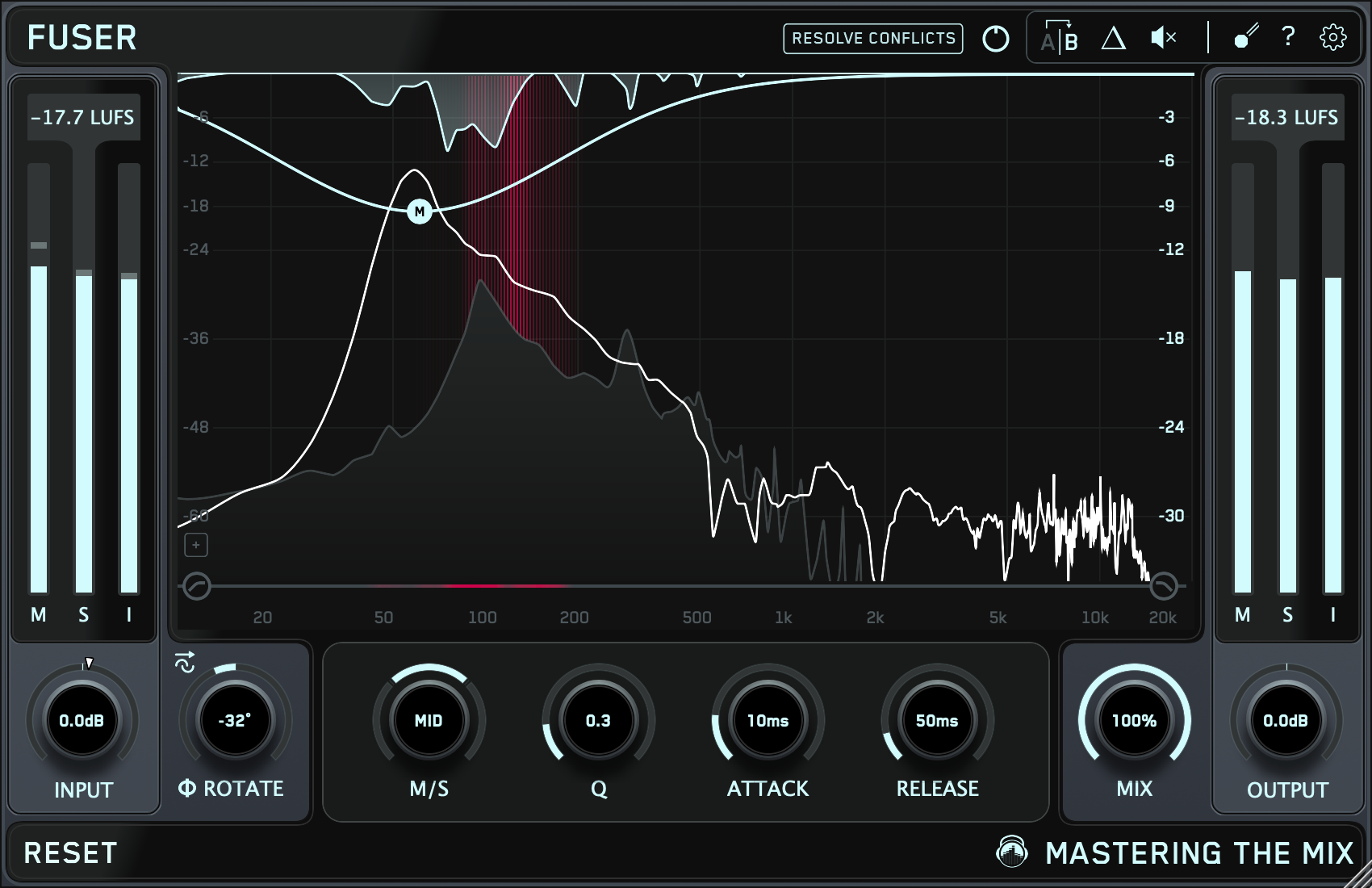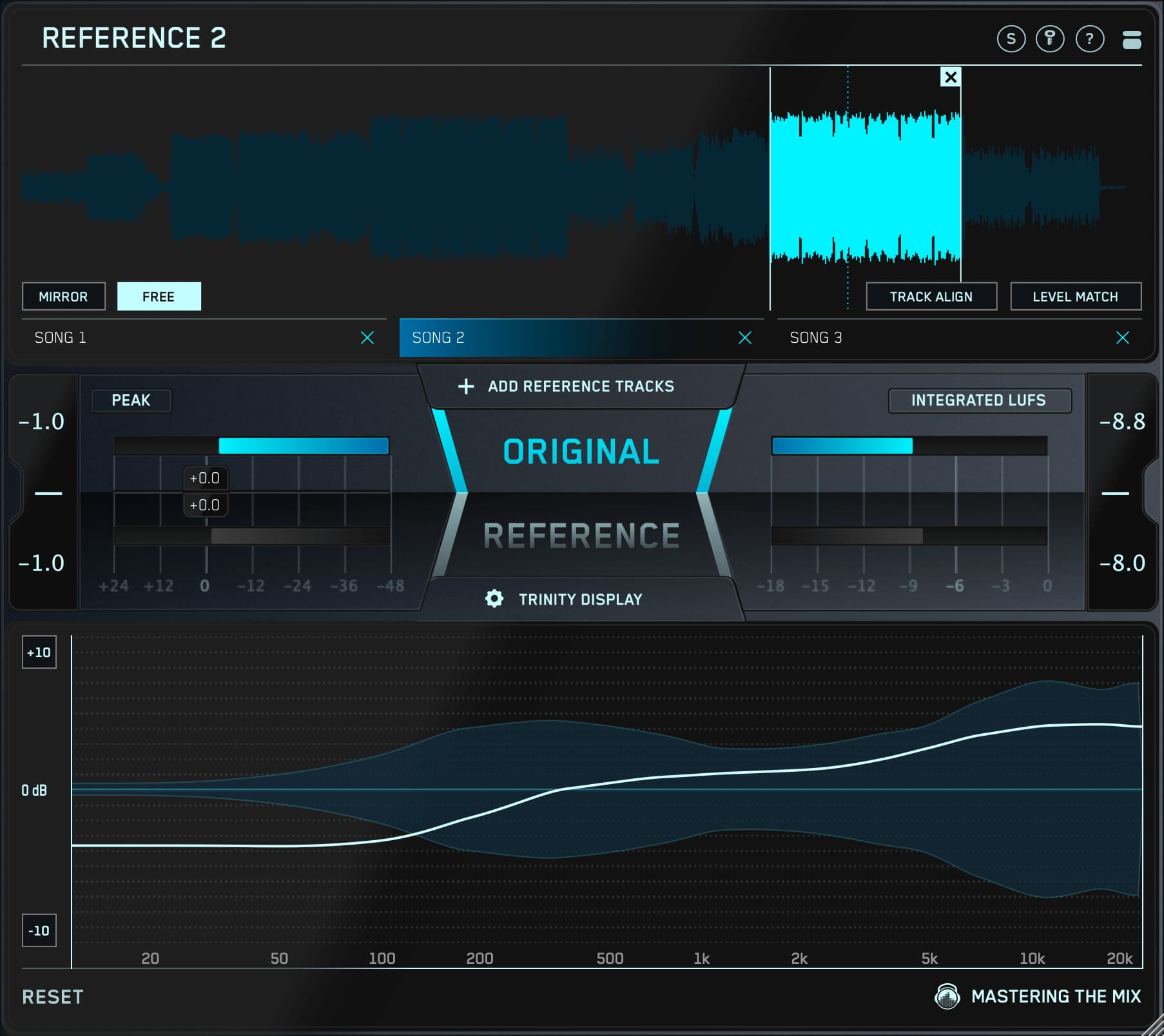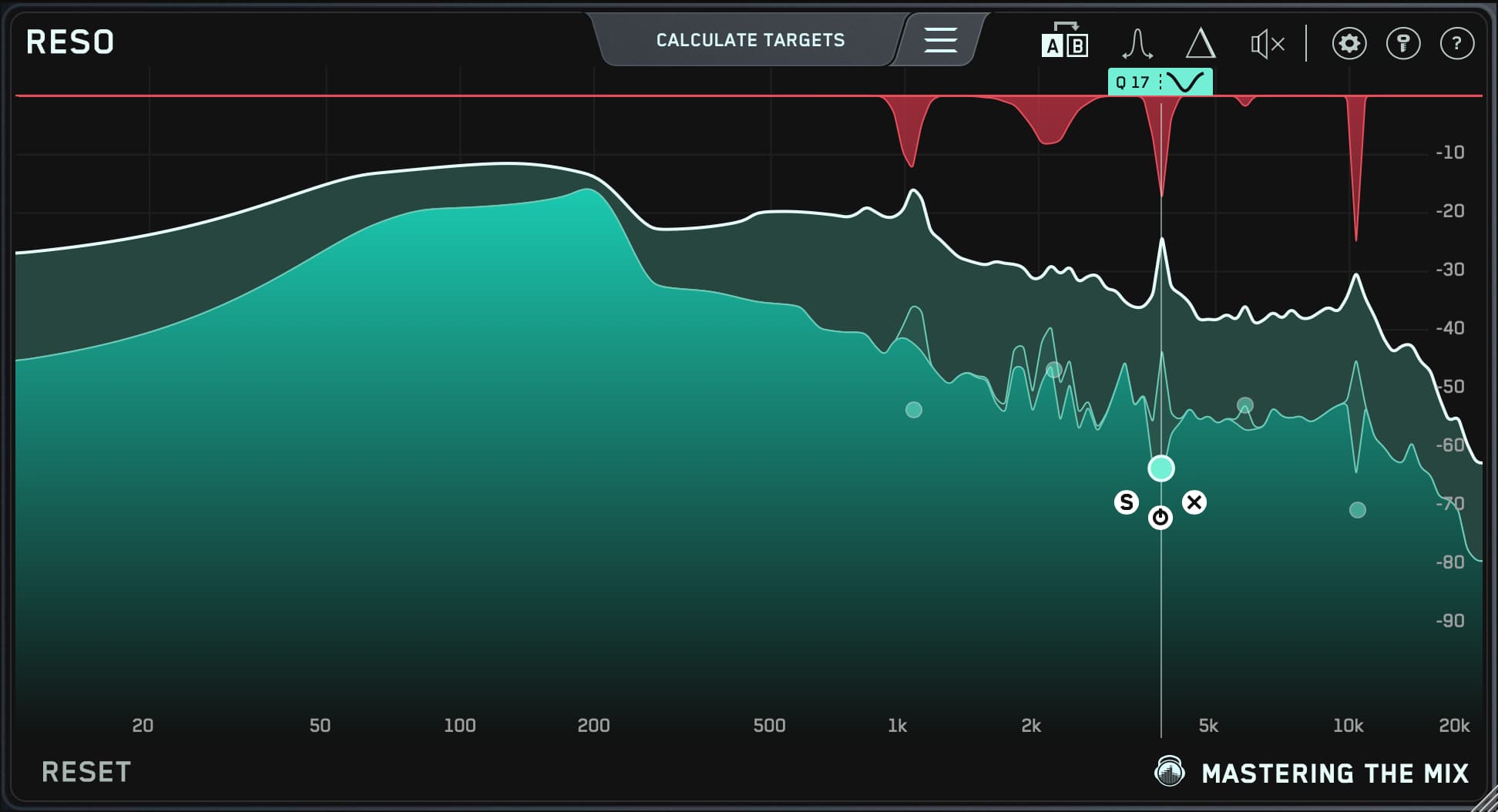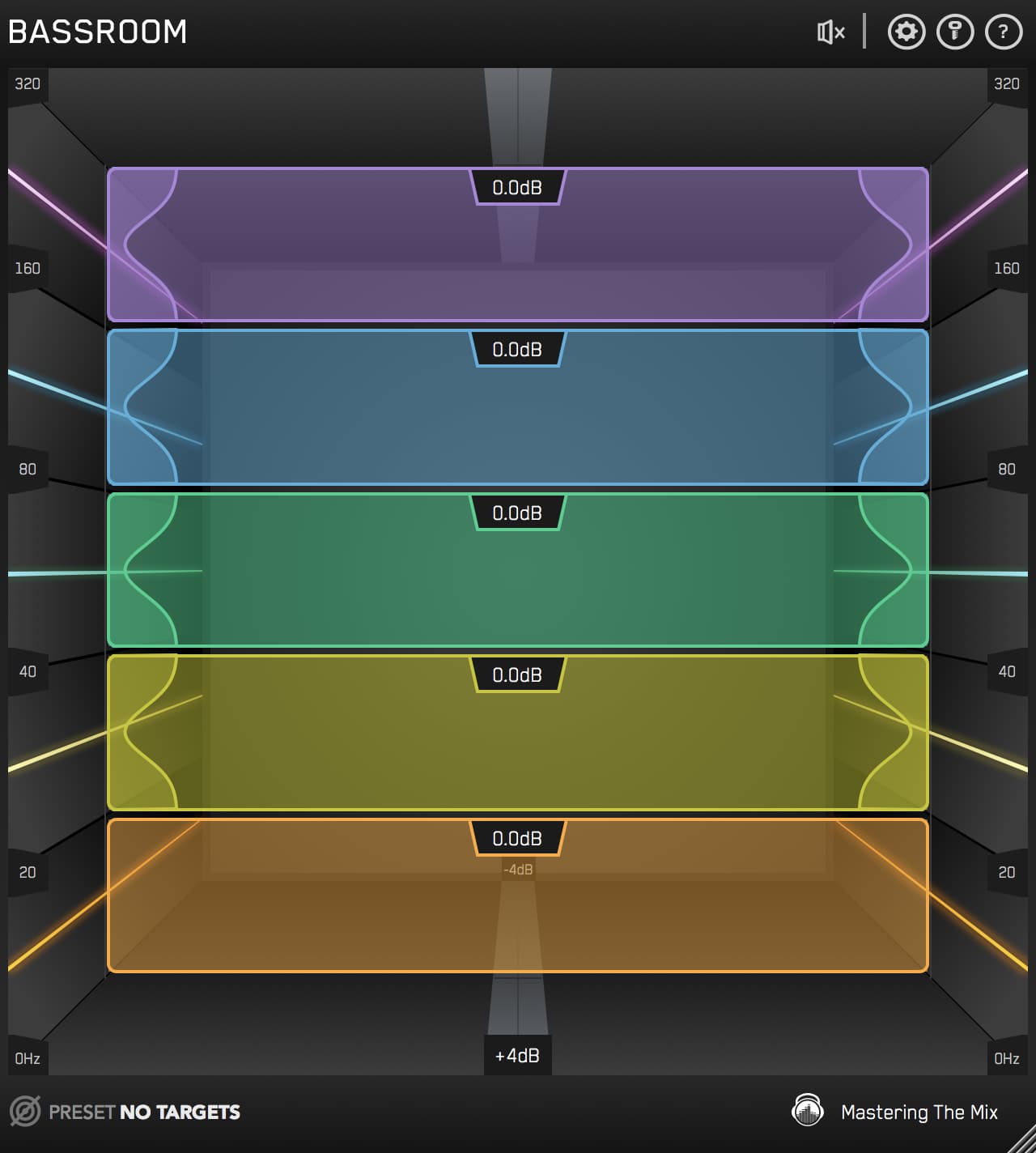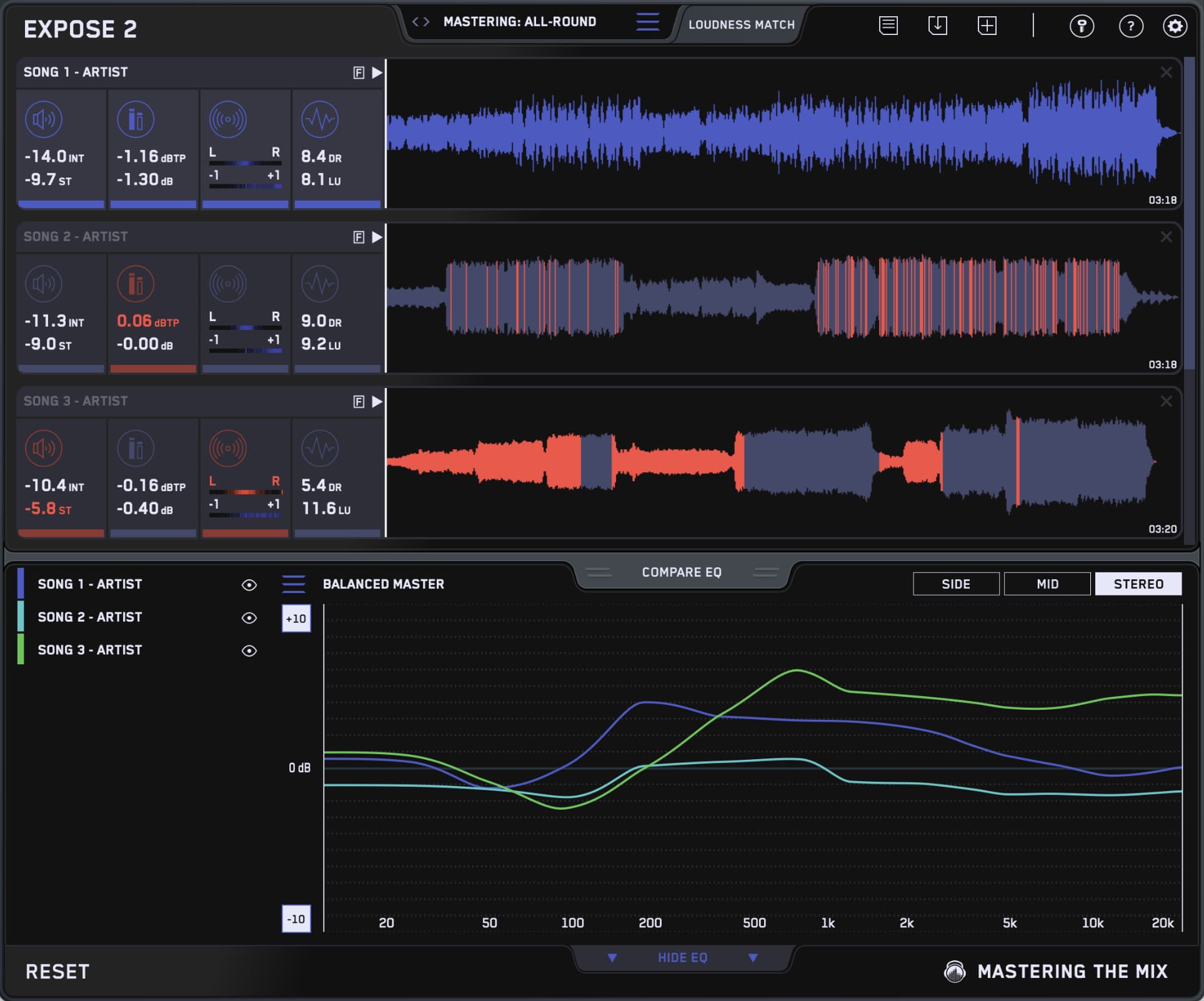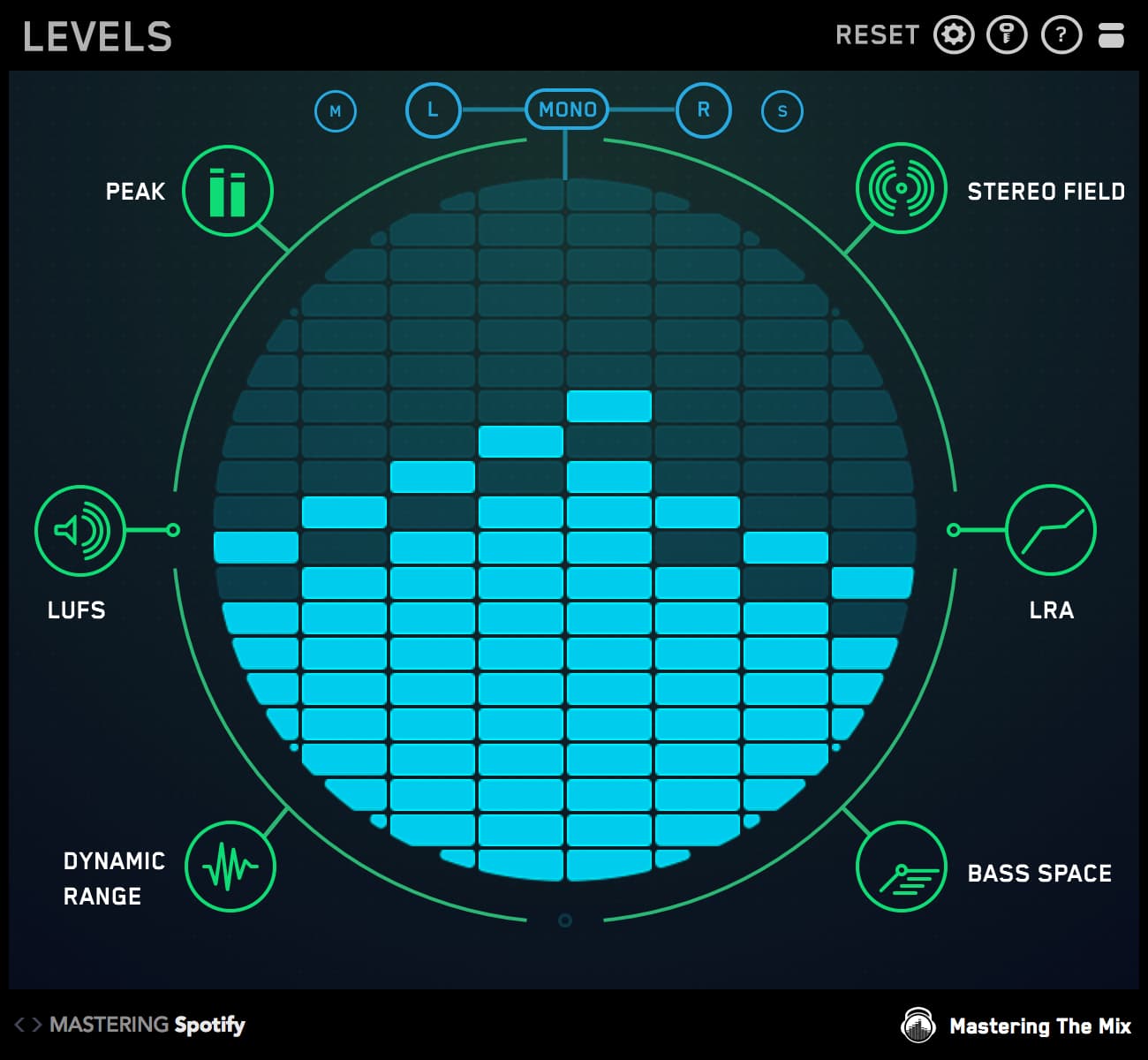Ever listen back to your mix and wonder why it sounds crowded, muddy, or just… off? You’re not alone. Most messy mixes come down to a few common mistakes that even experienced producers slip into.
The good news? Once you understand the biggest culprits (imbalanced levels, poor EQ choices, and frequency masking) you can fix them fast. In this guide, I’ll break down why these problems occur, how to spot them, and the exact steps to clean them up using practical techniques.
If you want your tracks to sound clear, balanced, and professional on every system, this is where to start.

What Causes A Mix To Sound Messy?
One of the most common challenges faced by producers is the enigma of the 'messy mix'.
First and foremost, a bad volume balance between the elements in a mix can create a chaotic soundscape where certain instruments or vocals either overpower or are lost entirely.

Secondly, improper EQ settings can lead to an unnatural tonal balance, making some frequencies feel either too harsh or too subdued. A kick drum that lacks punch or vocals that seem distant can be the outcome.
 Lastly, the menace of masking is another major culprit. When two elements in your mix occupy the same frequency range, they compete for attention, causing a muffled sound and diminishing clarity. This phenomenon, known as frequency masking, can blur the distinct character of instruments and make your mix sound crowded.
Lastly, the menace of masking is another major culprit. When two elements in your mix occupy the same frequency range, they compete for attention, causing a muffled sound and diminishing clarity. This phenomenon, known as frequency masking, can blur the distinct character of instruments and make your mix sound crowded.
 Addressing these challenges head-on is the first step to turning a messy mix into a clean, polished production.
Addressing these challenges head-on is the first step to turning a messy mix into a clean, polished production.
Why Balance Is Critical
Most songs have multiple instruments and voices. Each layer has its role, and for the symphony to come alive, all the layers need to be in balance. If the piano is too overpowering, it might drown out the delicate notes of a violin. This balancing act is vital not just for artistic reasons but for auditory ones as well.
Loudness perception is a unique trait of human hearing, best defined by the ISO’s equal-loudness contours (2003). At low volumes, our ears pick up mid-frequencies (like vocals) more prominently than ultra-low or high ones.
That’s why, at minimal volumes, the bass tends to vanish, leaving vocals still audible. As the volume rises, the ear starts picking up on the extremes, resulting in a more balanced hearing experience.
The challenge for mixers, however, is that they can't control the volume at which the listener plays the music. What they can control is the loudness of each element within the track.
Balancing the channels correctly not only creates a harmonious listening experience but also simplifies the mixing process. By establishing a strong foundation at the start, you won’t have to rely heavily on plugins to correct fundamental issues.

Using References to Get Started
When in doubt, look to the pros. One of the simplest ways to achieve balance is by using reference tracks. Our plugin ‘REFERENCE’ offers a streamlined way to compare your mix to industry favorites. By bringing in your reference tracks, you can see how your mix stands in comparison and adjust accordingly. A crucial tip to remember here is the need to level-match, ensuring that perceived loudness remains consistent.
Balancing Each Element
Balance one element at a time, comparing it to your reference until it sits at a similar loudness in the mix. Skipping this step will only create bigger problems later that EQ and compression can’t easily fix.
Drums: The heartbeat of your track. Start with the snare, then bring in the rest of the kit so everything supports rather than competes. Use panning to create width, and check in mono with LEVELS to make sure your drums translate on smaller speakers.

Bass: The bridge between the rhythm and the melody, the bass needs careful attention. Too loud, and it drowns the rest; too soft, and the track loses its depth. Regularly referring to your reference track ensures you're on the right track.

Vocals: The star of the mix. Bring them in early so they feel integrated, not tacked on. They should be the loudest element, but still blend naturally with the track. Check levels in stereo and mono, and on different speakers and headphones, to lock in the right balance fast.

Instruments: Bringing in each instrument in the order of its importance ensures that every element finds its space in the mix. Panning, once again, plays a crucial role in providing each instrument its unique space.
 Every genre has its own nuances. Whether it’s the roaring guitars of rock, the thumping kicks of hip-hop, the rhythmic bass of EDM, or the all-encompassing vocals in pop, understanding what takes precedence is essential.
Every genre has its own nuances. Whether it’s the roaring guitars of rock, the thumping kicks of hip-hop, the rhythmic bass of EDM, or the all-encompassing vocals in pop, understanding what takes precedence is essential.
Start with balance before you dive deep into the sea of EQ, compression, and effects. That initial investment in time paves the way for a smoother mixing process. Always remember, the right reference can guide those ears from the first note to the final master.
Fixing The Remaining Mud With EQ
If you follow the balancing channels guidance, your mix will already sound pretty solid.
EQ's golden rule? Make the changes that are needed to get your mix sounding great.
A wise first move is to cut away the unnecessary fluff. Sometimes, vocals or certain instruments can add too much low-end, crowding your mix. This excessive bass can overshadow the beats and main tones in your mix. When you clear out this excess using a high-pass filter, your mix feels airier and more refined.

Let’s look at EQing individual elements of your mix for a great tonal balance:
Step 1: Open REFERENCE. Your chosen comparison song should be set, with the chorus looped.
Step 2: Using REFERENCE, toggle between your mix and the comparison track. Observe the sonic nuances. Start with key elements, like vocals, and set your mix's tone from there. Ask yourself: How crisp are the vocals? How resonant is the mid-range? Adjust the EQ of individual elements until each part is sonically comparable to your reference track.
 In REFERENCE, use the level line as your guide. It shows where your mix differs from the reference. If it dips or spikes, adjust your EQ. Reduce mids or boost highs until the line sits close to 0dB (anywhere within ±3dB is on target).
In REFERENCE, use the level line as your guide. It shows where your mix differs from the reference. If it dips or spikes, adjust your EQ. Reduce mids or boost highs until the line sits close to 0dB (anywhere within ±3dB is on target).

Step 3: Apply this method across your mix, ensuring each element aligns with the comparison.
Does this process risk making your mix mimic others? Not at all! Your mix retains its unique flavor through its melody, arrangement, and style. No one could pinpoint your comparison track. This approach simply harnesses tried-and-true methods to elevate your mix's professional feel.
Smart Fixes With MIXROOM
Our plugin MIXROOM lets you import audio and instantly build a sonic profile. It then analyzes your track and shows you the exact EQ adjustments needed to bring your mix closer to the sound of your reference.
This isn’t the typical “EQ peak matching” you’ll see in other plugins. Instead, MIXROOM uses our proprietary tonal balance algorithm, developed over years and trusted by some of the industry’s top engineers. The analysis works the way the human ear perceives tone, so the results feel natural, musical, and incredibly precise.
If you can get your hands on stems that are a great representation of the sound you’re looking for, MIXROOM will take your productions to another level.
Here’s a simple guide on how to finesse your sound with a reference stem using MIXROOM:
Step 1: Seek the stem that resonates with your desired sound. Perhaps it's tucked away in your previous tracks, or maybe it's up for grabs in a remix challenge. Don't shy away from seeking help from fellow artists.

Step 2: Initiate MIXROOM on the desired channel—say, the vocals. Hit the 'target' icon in the bottom left corner, and import your chosen stem. Loop a section that best represents your ideal sound and click 'Create Targets'. No stems? No problem, choose from one of the many presets.
Step 3: With MIXROOM diligently analyzing the imported reference, watch out for the indicators—first flashing in red, and then settling into green target lines.
Step 4: Navigate to the 'Add Smart Bands' within the options. Activate the EQ bands and behold—the tonal balance of your reference stem now infuses your audio.
 Refine the settings in MIXROOM if you feel it’s needed.
Refine the settings in MIXROOM if you feel it’s needed.
Reducing Conflicting Frequencies
You’ve laid a great foundation, but you might still have channels fighting for space in your mix, and it can be a challenge trying to fix this.
Sidechaining is an elegant technique to breathe life into a densely-packed mix. Imagine two sound elements—perhaps a kick and bass, or vocals paired with a piano. Both vying for attention within the same frequency spectrum.
With sidechaining, you give one priority over the other. You might use our plugin FUSER on your bass and sidechain the kick so the bass ‘ducks’ out of the way to make room for your kick, allowing it to punch through the mix.
FUSER isn't just for rhythm. With it, instruments like guitars or synths graciously step aside, letting the vocals stand front and center, ensuring they're the heart and soul of your track.
Once FUSERs sidechain is set up, you’ll see frequency-specific mid-side channel conflicts glowing in the display.
 Tap 'Resolve Conflicts'. This command gracefully manages these overlaps, ensuring clarity without overcompensation. The intelligent processing remains fully tweakable so you can adjust it to suit your preferences.
Tap 'Resolve Conflicts'. This command gracefully manages these overlaps, ensuring clarity without overcompensation. The intelligent processing remains fully tweakable so you can adjust it to suit your preferences.
 For those wanting hands-on control, create a node with a double-click on the frequency view. Pulling the node downward amplifies its effect. Fine-tune with options like mid/side, Q, attack, and release.
For those wanting hands-on control, create a node with a double-click on the frequency view. Pulling the node downward amplifies its effect. Fine-tune with options like mid/side, Q, attack, and release.
A little goes a long way with FUSER. Subtly integrating it across your mix in areas of key conflict will bring about serious clarity and focus to your mix.
Conclusion
When mixing, every detail matters. A messy mix might feel overwhelming, but as you’ve seen, clarity comes from mastering the fundamentals: balance, EQ, and space.
With the right workflow and tools like FUSER and MIXROOM, you can give every instrument its place and transform clutter into cohesion. The result isn’t just a cleaner mix, but music that feels powerful, polished, and emotionally engaging.
The path from muddy to professional is never instant, but each step builds your ear, your skill, and your confidence. Keep refining, keep learning, and soon your mixes will not only shine with clarity, but also carry the unique character that makes them unmistakably yours.


